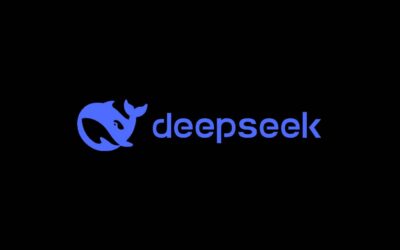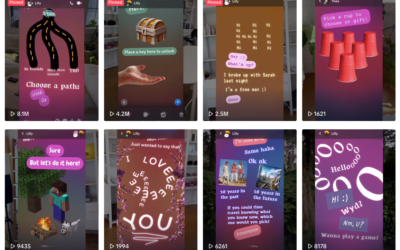Bard, Google/Alphabet’s AI model that competes with OpenAI’s GPT, just got the feature of summarizing YouTube videos via a Google-provided plugin. This video explains how it can be used:
Some practical observations to note:
- The feature works well with simple instructional videos (such as cooking recipes, technical manuals, and the like).
- It relies on YouTube’s text captions and can only summarize videos with captions, and doesn’t seem to be able to analyze visuals.
- Many YouTube captions are automatically generated (using yet another AI). Often, these automated transcriptions are faulty, for example, by misunderstanding and misrepresenting spoken words. These errors can also creep into the auto-generated summaries.
- The feature doesn’t work well at all with YouTube videos on more complex topics, such as academic lectures. It can also produce “hallucinations,” or made-up information. For example, when I asked the Bard AI bot to summarize a recorded conversation between me and an electronic music composer, Bard’s summary falsely identified me as a music journalist who had written several books on electronic music.
In other words, this feature (not surprisingly) suffers from the same problems as other generative AI systems and should not be relied upon.
But perhaps the most interesting thing about this feature launch is how Google could potentially undermine its own business model. If people resort to Bard summaries of YouTube videos instead of watching the (often intentionally long, click-bait/ad revenue-driven) videos themselves, this would negatively impact YouTube/Google’s advertising revenue.
In 2005, the project Google Will Eat Itself by the Austrian artist duo ubermorgen.com and Alessandro Ludovico (an art magazine publisher and former researcher at WdKA) anticipated this by running Google Ads on their website and using the ad revenue to buy Google shares.
More likely, however, is that AI bots (which are still being run as experiments) will place advertisements in the results they generate in order to make money for the companies that create them. The combination of false summaries, hallucinations, and fake news in the generated results, and the additional manipulation through advertising, is likely to create a new dimension in the crisis of trustworthiness of published information. Especially if such AI/machine learning based summary and aggregator functionality becomes a dominant interface for people to access information – i.e. if, in a likely future, fewer videos are watched on sites like YouTube, and fewer texts are read in their original form, but only as texts that have been filtered and reformulated by AI bots.
Postscript
This is Bard’s summary of the YouTube video embedded above:
According to the video, Google Bard’s new update allows it to understand the content and visuals of YouTube videos. The speaker demonstrates how to use Bard to search for videos, get the recipe from a video, describe the overall tone and style of a video, get the key points and insights from a video, find charts, graphs, or visual aids in a video, get the time code of the first graphic, find the specific target audience of a video, and see the comments and engagement from viewers.



